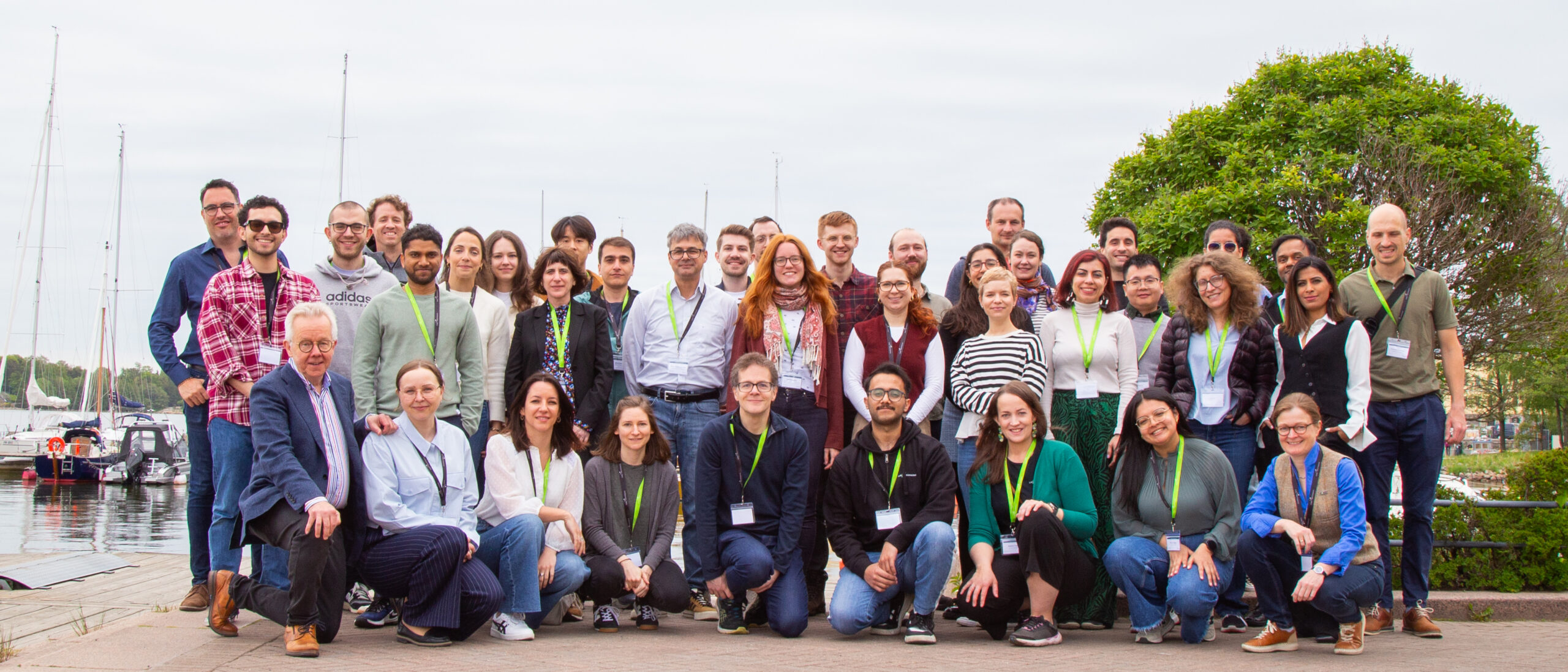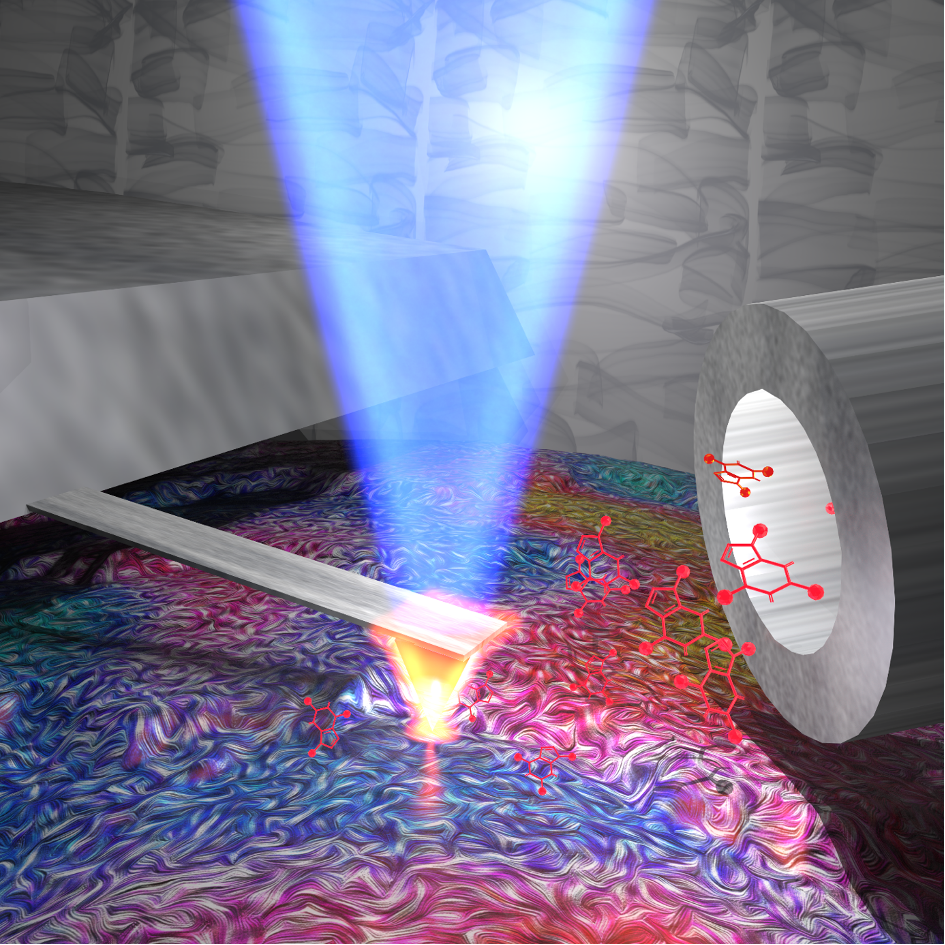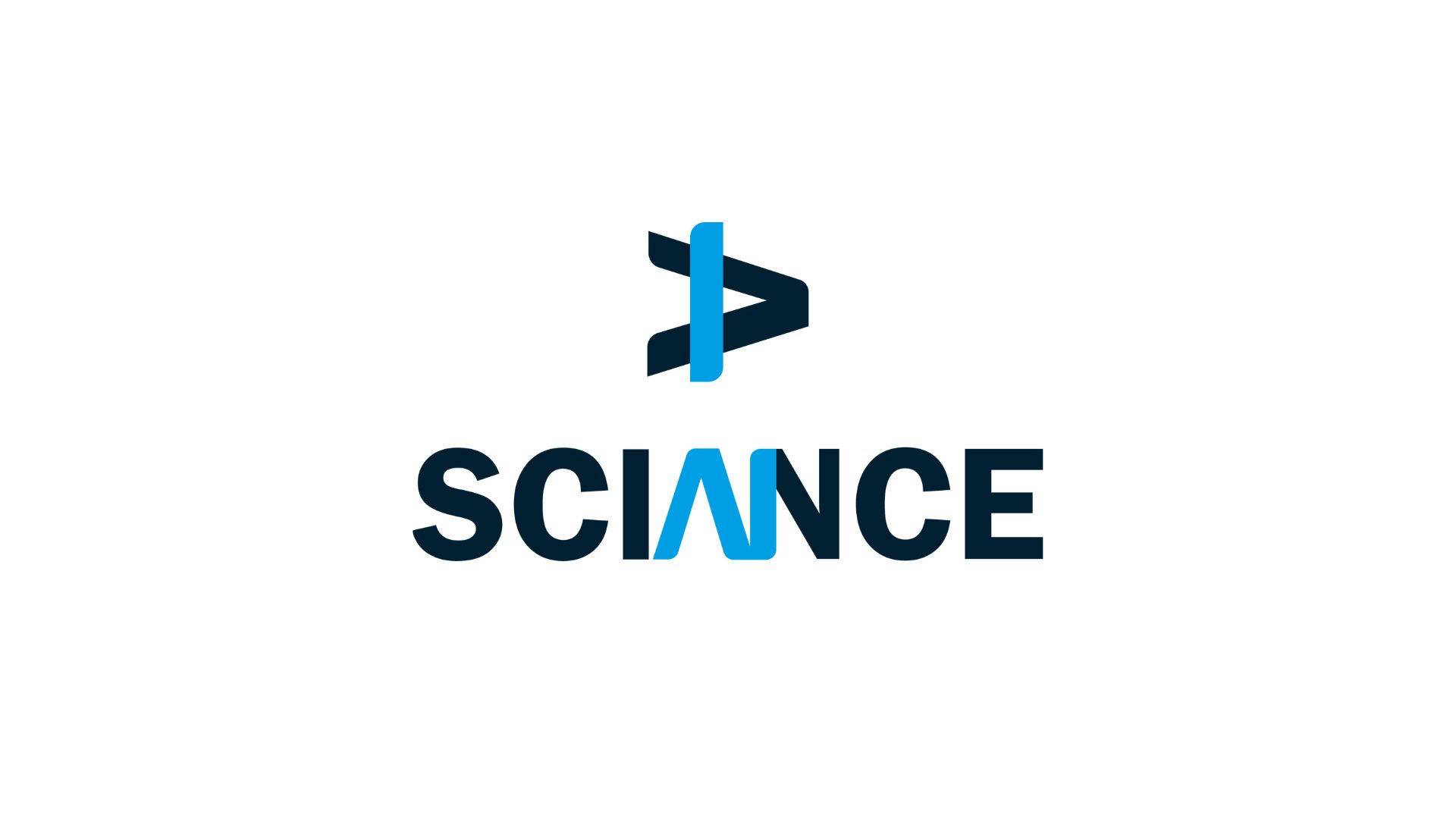
Correlated Imaging Series: Nanoscale Mass Spectrometry Multimodal Imaging via AFM Tip-Enhanced Photothermal Desorption
On Friday September 17th at 13:00 CEST, Olga Ovchinnikova, Group Leader at the Multimodal Data Analytics Group of the Oak Ridge National Laboratory, delivers a lecture on how correlating imaging techniques makes it possible to get a closer look at nanoscale chemical phenomena, as part of the Correlated Imaging Series, brought to you by COMULIS and Euro-BioImaging.
Materials ranging from adhesives, pharmaceuticals, lubricants, and personal care products are traditionally studied using macroscopic characterization techniques. However, their functionality is in reality defined by details of chemical organization on often noncrystalline matter with characteristic length scales on the order of microns to nanometers. Additionally, these materials are traditionally difficult to analyze using standard vacuum-based approaches that provide nanoscale chemical characterization due to their volatile and beam-sensitive nature. Therefore, approaches that operate under ambient conditions need to be developed that allow probing of nanoscale chemical phenomena and correlated functionality. In this lecture, Olga Ovchinnikova will present a tool for probing and visualizing local chemical environments and correlating them to material structure and functionality using advanced multimodal chemical imaging on a combined atomic force microscopy (AFM) and mass spectrometry (MS) system. She will demonstrate enhanced performance metrics of the technique for correlated imaging and point sampling and illustrate the applicability for the analysis of trace chemicals on a human hair, additives in adhesives and waxes, thin-tissue sections and pharmaceuticals samples notoriously difficult to analyze in a vacuum environment. Overall, this approach of correlating local chemical environments to structure and functionality is key to advancing research in many fields ranging from biology, to medicine, to material science.
Want to learn more? Everyone is free to join, no registration required:
https://us02web.zoom.us/j/760003029
Learn more about the Correlated Imaging Series:
https://www.eurobioimaging.eu/news/introducing-the-correlative-imaging-series-from-comulis-and-euro-bioimaging/

About Olga Ovchinnikova
Dr. Olga Ovchinnikova graduated from the University of Tennessee, Knoxville (UTK) with a B.S and M.S. degrees in physics. She received her PhD from the University of Tennessee, Knoxville in Chemical Physics where her research focused on developing chemical imaging approaches supported by a Chemical Physics Fellowship. Following her postdoc at ORNL, she worked as R&D Scientist and Chemical Imaging Team Lead at the Center for Nanophase Materials Sciences (CNMS) at ORNL. Her team focused on investigating relationships between physical structure and chemical functionality at the nanoscale through the unique merger of advanced scanning probe and ion microscopy with chemical imaging techniques rooted in innovative data processing, machine learning and control algorithms. Currently she is a Senior R&D scientist and the Group Leader of the Multimodal Data Analytics group in the Computational Sciences and Engineering Division where her research focuses on incorporating high performance computing (HPC) and edge computing directly into streaming data pipelines for multimodal imaging and microscopy. Her work has generated multiple patents, and commercial licenses to industry and has been recognized by the Fowler-Marion Dissertation Award, UT-Battelle Early Career Award, AVS Rising Stars Award, UTK Research Foundation Patent Award, and the Rapid Communications in Mass Spectrometry Beynon Prize.
Social media message:
From trace chemicals on a human hair, additives in adhesives and waxes, thin-tissue sections and pharmaceuticals – all notoriously difficult to analyze - Olga Ovchinnikova shows how correlated imaging can shed new light on nanoscale chemical phenomena.
More news from Euro-BioImaging


